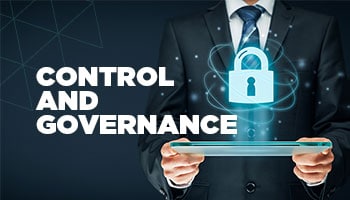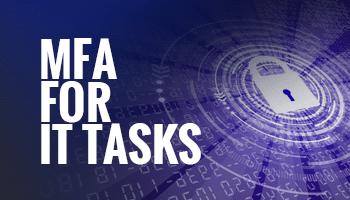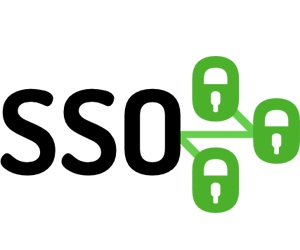3 Steps to Gaining Control and Governance over Permissions
For most organizations, the evolution of their environment is focused on addition. Such as adding new servers, applications, connections, cloud resources, and directory services. The same scenario applies to your organization. With each part of this growth comes an equally growing number of permission assignments. These permissions make up your current state of security. But we all know, once a permission assignment is made, it is usually never thought of again. But now, among the…




